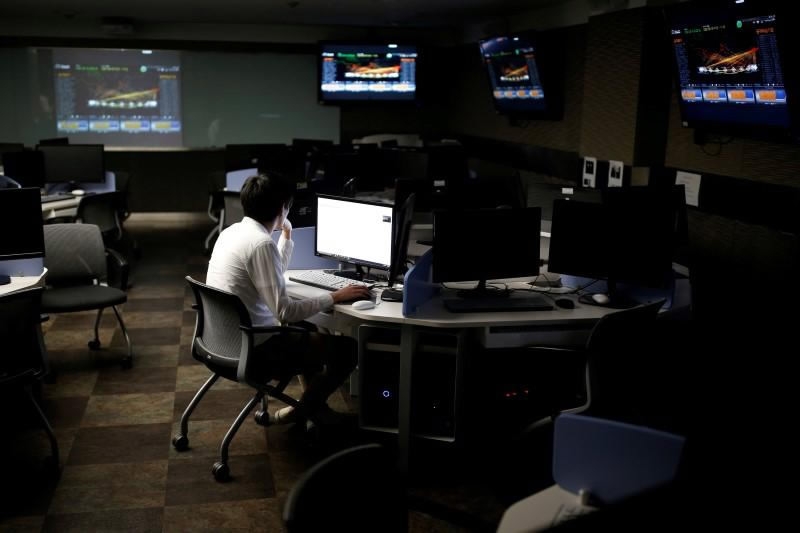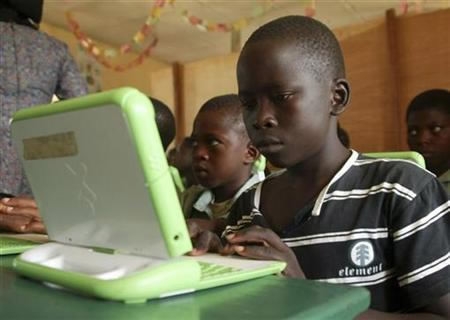
Tech & Sci
11:56, 21-Aug-2017
Is one laptop per child bridging the education gap between the rich and poor?
By Wang Xueying

Could one laptop per child narrow the education gap between the rich and the poor? It seems not.
As one of the earliest measures aimed at bridging the education gap among children, the Maine Learning Technology Initiative provided a laptop to every seventh and eighth-grade student in Maine since 2002. However, the state has yet to see any measurable increases on statewide standardized test scores during the 15 years, according to NPR recently.
Called a “massive failure” by Maine’s current governor, the program has been at a cost of about 12 million US dollars annually since 2002. Each year, about 66,000 devices are distributed to students and even some teachers.

Reuters Photo
Reuters Photo
However, low-income and rural students have a difficult time in getting enough training in how to make good use of these digital resources, Amy Johnson pointed out in the report. In this education researcher’s opinion, students learning in larger schools have more opportunities to learn how to use laptops and the Internet in more creative ways, which widens the gap.
According to NPR report, many students are still just using out-dated software like PowerPoint and Microsoft Word in Maine's higher poverty and more rural schools.
In fact, it is not the first time that the idea of providing children with digital devices to narrow education gap has been the subject of extensive praise and criticism.

Reuters Photo
Reuters Photo
In 2005, One Laptop per Child (OLPC) was led by the MIT Media Lab with the goal of transforming education for children in low-income countries. By distributing low-cost laptop computers, OLPC was primarily considered as a good way to enable “poor” children to have access to the Internet and expensive new technology and was expected to revolutionize education as well as bring the world's knowledge to all children.
12 years later, however, it has been also criticized from many sides because of its high cost and low focus on maintainability.

SITEMAP
Copyright © 2018 CGTN. Beijing ICP prepared NO.16065310-3
Copyright © 2018 CGTN. Beijing ICP prepared NO.16065310-3